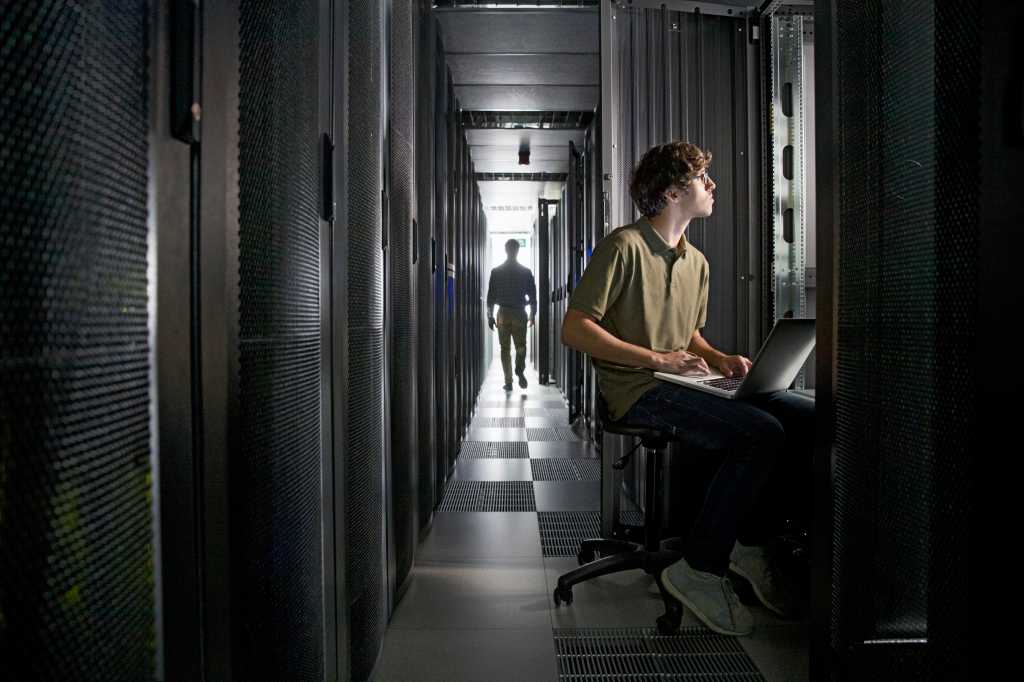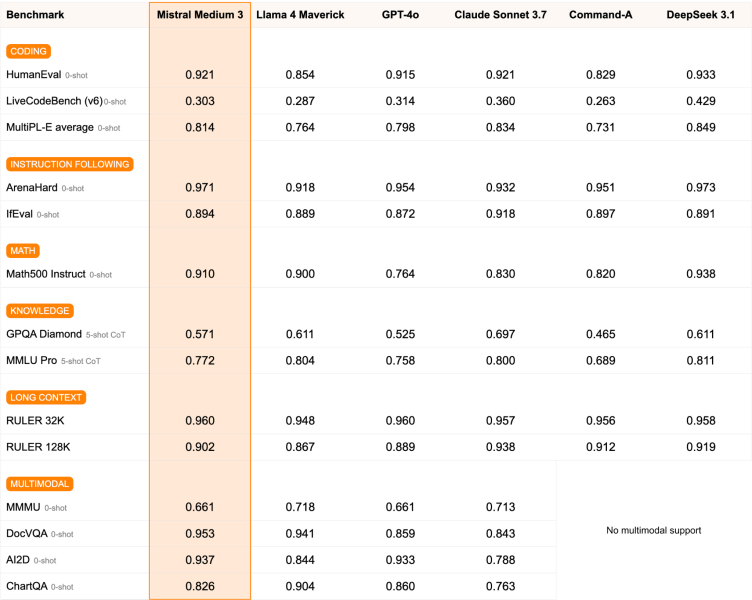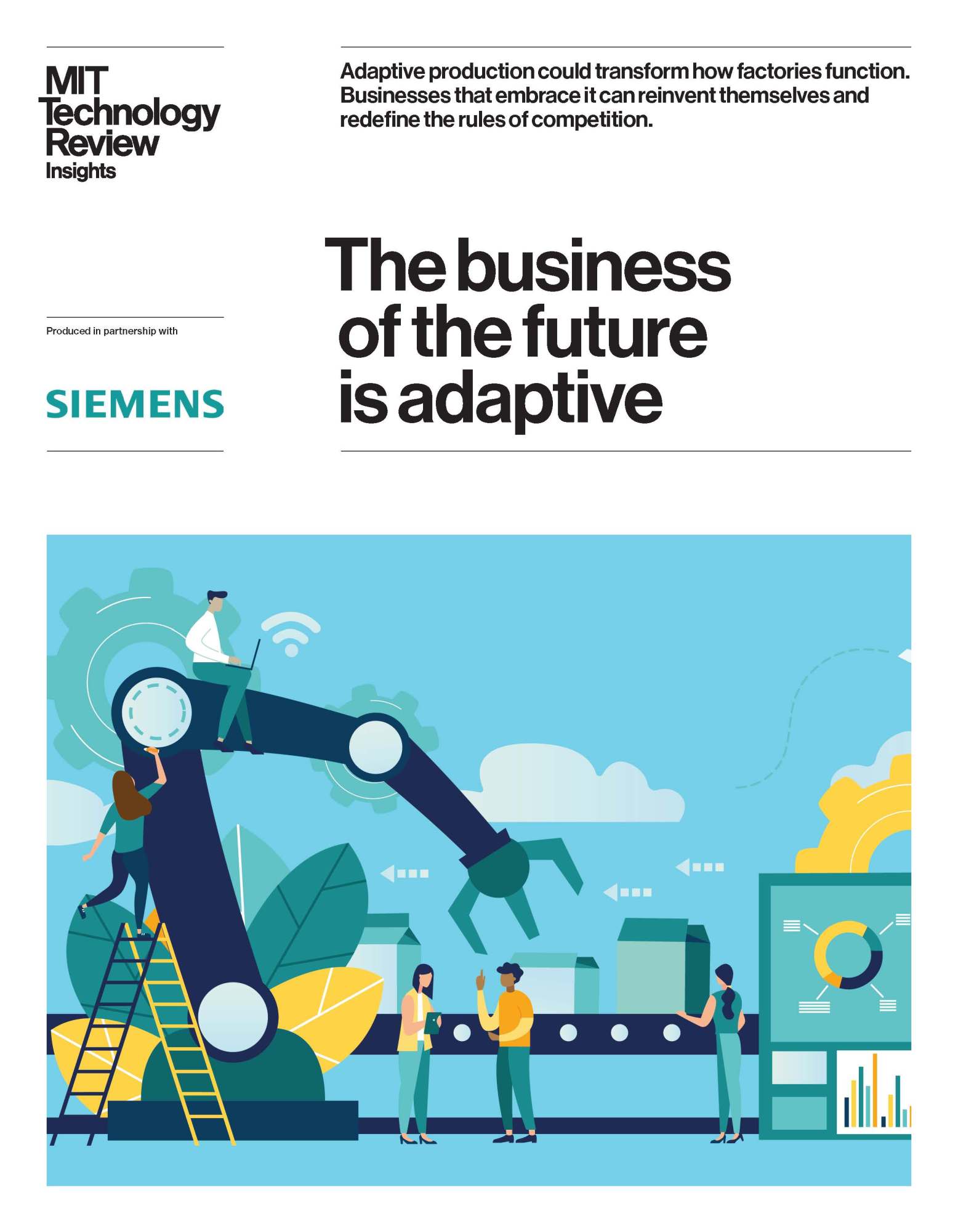
In addition, the new Agent Catalog in watsonx Orchestrate can simplify access to more than 150 agents and pre-built tools from IBM and its partners, which include Box, MasterCard, Oracle, Salesforce, ServiceNow, and Symplistic.ai.
IBM is also rolling out an agent builder tool in June that will let customers build their own agents in less than five minutes, IBM stated.
Multi-agent orchestration capabilities will take things a step further, allowing AI agents to work in concert and enabling advanced, agent-to-agent collaboration. “This allows specialized agents, whether built in-house, by partners, or using open source, to share information, and tackle complex, multi-step processes together. Companies can embed these capabilities into their agentic systems to analyze user requests and route instructions across the right agents, assistants, and skills in real time,” Gunnar wrote.
watsonx Orchestrate enables collaboration across agents and with companies’ existing technology investments, including their existing automations, APIs, data sources, and core applications, Gunnar stated.
On the monitoring front, IBM is offering tools to monitor AI performance and reliability and to help scale AI resources, according to Gunner: “For instance, we have tools that help companies evaluate and select which AI models to use based on specific goals like cost-efficiency or performance,” she wrote. “We’re also developing tools that help with the discovery and orchestration of agents and tools, enabling tasks to be designed and executed more effectively. Additionally, our industry-leading AI governance capabilities can give companies greater visibility and control over agentic systems, helping manage accuracy, performance and risk.”
Another new integration solution, webMethods Hybrid Integration, is a platform that automates the integration of applications, APIs and data regardless of their location. The idea is to let agents work with and automate hybrid workflows, IBM stated.





















